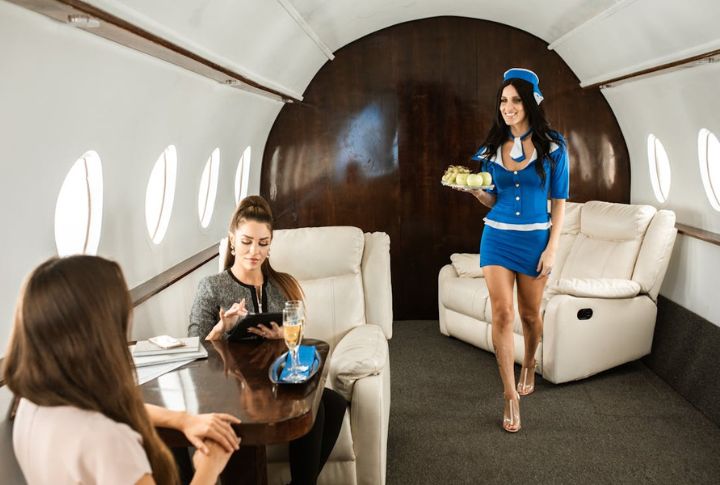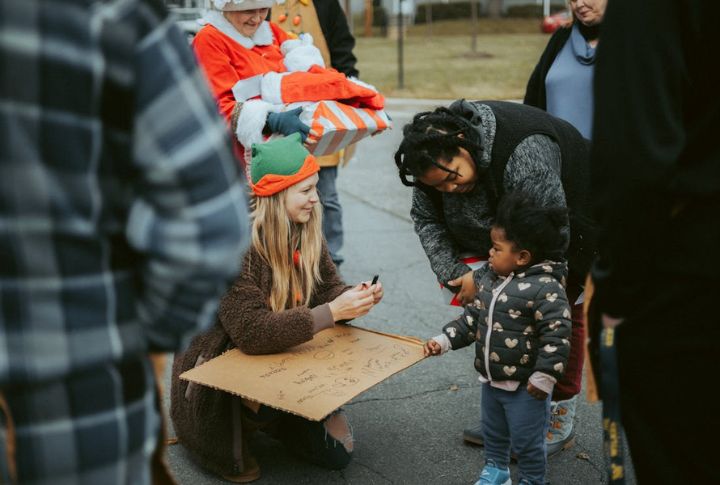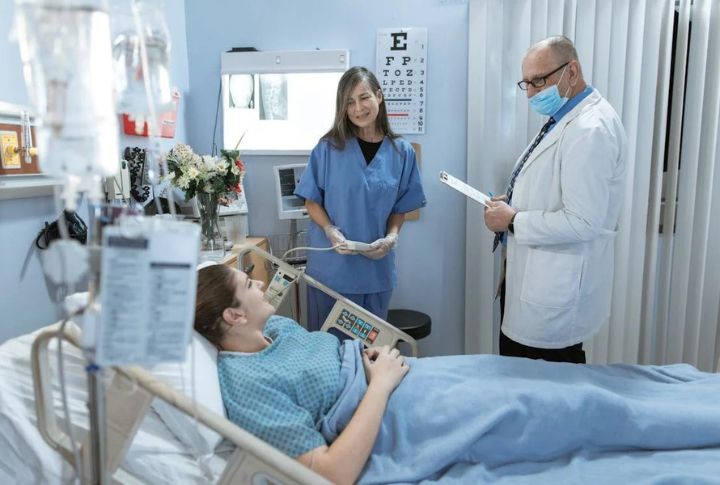
Class differences go beyond just income or education level; they also manifest in unexpected ways that shape our daily interactions and experiences. These differences seep into our culture, language, fashion, and hobbies. Some subtle markers indicate our social standing, so here are 15 examples of class differences.
Accent and Speech Patterns

The way people speak can subtly reveal their social class. Accents, pronunciation, and vocabulary reflect education and background. Those from higher social classes may use more formal language or pronounce words more accurately, while regional accents are linked to working-class roots.
Table Manners

Dining etiquette is a significant social class indicator. Knowledge of which fork to use, how to hold cutlery, and whether to place a napkin on your lap can signal higher social standing. People from the upper classes are more likely to have been taught formal dining manners from an early age.
Conversation Topics

The subjects people feel comfortable discussing can indicate class. Higher social classes may gravitate toward discussing art, travel, or politics. In contrast, conversations among the working class might focus more on practical issues, local news, or family life, which reflects different life experiences.
Education Credentials

Prestigious school affiliations, advanced degrees, or specialized education can signify higher social standing. Conversely, limited educational opportunities and qualifications are common among lower-income households. In this class, people will have limited education and knowledge.
Leisure Activities

Hobbies can reveal much about social class. High-cost leisure activities like sailing, skiing, and attending the opera are associated with upper-class individuals. Meanwhile, more affordable pastimes, such as football or local events, are linked to middle- and working-class communities, showing differing lifestyles.
Travel Habits

The way people travel reflects their social class. Wealthier individuals are more likely to travel internationally, stay in luxury hotels, or use private jets. On the other hand, those from lower social classes opt for budget airlines, domestic holidays, or public transport for daily commutes.
Consumer Habits Reflect Class Identity

Paul Piff, PhD, notes that consumer habits reflect one’s class. Shopping at luxury stores like Neiman Marcus versus J.C. Penney can signal class status. Small daily decisions, such as breakfast choices or car brands, reflect deeply ingrained social class differences.
Knowledge of Wines

A person’s familiarity with different wines can hint at their social class. Upper-class individuals might be more versed in such varieties, regions, and pairing them with meals. In contrast, someone less familiar with these nuances may view this beverage primarily as a drink for social gatherings or celebrations.
Home Decor

How someone decorates their home can be a subtle class indicator. Higher social classes favor original artwork, antique furniture, or designer pieces. Mass-produced items, practical furnishings, and DIY home improvements are more common in working-class households on a budget.
Networking Circles

The types of people one socializes with indicate one’s social class. Upper-class individuals tend to have connections with influential professionals and high-ranking individuals, while working-class people associate more with local community members and those in more practical jobs, like retail clerks.
Body Language

Body language can also subtly indicate social class. Those from higher social classes may exhibit more confidence, use open gestures, and take up more space. In comparison, those from lower classes might show signs of nervousness, closed postures, or deferential behavior in unfamiliar social settings.
Generosity Across Social Classes

According to the American Psychological Association, individuals from lower socioeconomic classes are more generous than their wealthier counterparts. This is because they have a heightened sense of community and empathy developed through shared struggles compared to the more affluent.
Access to Health Care

Access to private health care and the choice of doctors or specialists differ depending on people’s social class. Higher-income individuals can afford private insurance or out-of-pocket services. People with a lower income may rely on public health care systems, where wait times and options are limited.
Meal Portions and Dining Time

Those from higher social classes tend to eat smaller, more refined portions, with a focus on nutrition and presentation. They may also value various flavor profiles and pairings. However, working-class meals might be larger and more focused on filling up, often consumed at a quicker pace.
Cultural Knowledge

Familiarity with cultural references, such as literature, classical music, or fine art, is an indicator of higher social class. Individuals from wealthier backgrounds are typically open to these subjects through education and upbringing, while others might be less familiar with high culture and focus more on popular entertainment.
